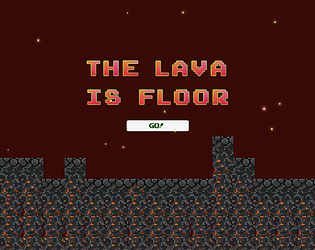Thank you for your opinion on the controls! We are rewriting them in hope that they feel more natural. The dash causes a temporary increase of the slime's air friction with the intention to aid in parts that require precision with chained dashes and wall bounces, but it does feel unnatural in retrospective.
As for the glitches, they were a result of delaying the implementation of some critical gameplay mechanics to the last hours of the jam, and it was a miracle that we managed to submit a barely playable version of the game in time. We are all willing to work on an improved version with most bugs ironed out, a web version and a few mechanics that ended up left behind for the jam submission. Thank you for the encouragement!


